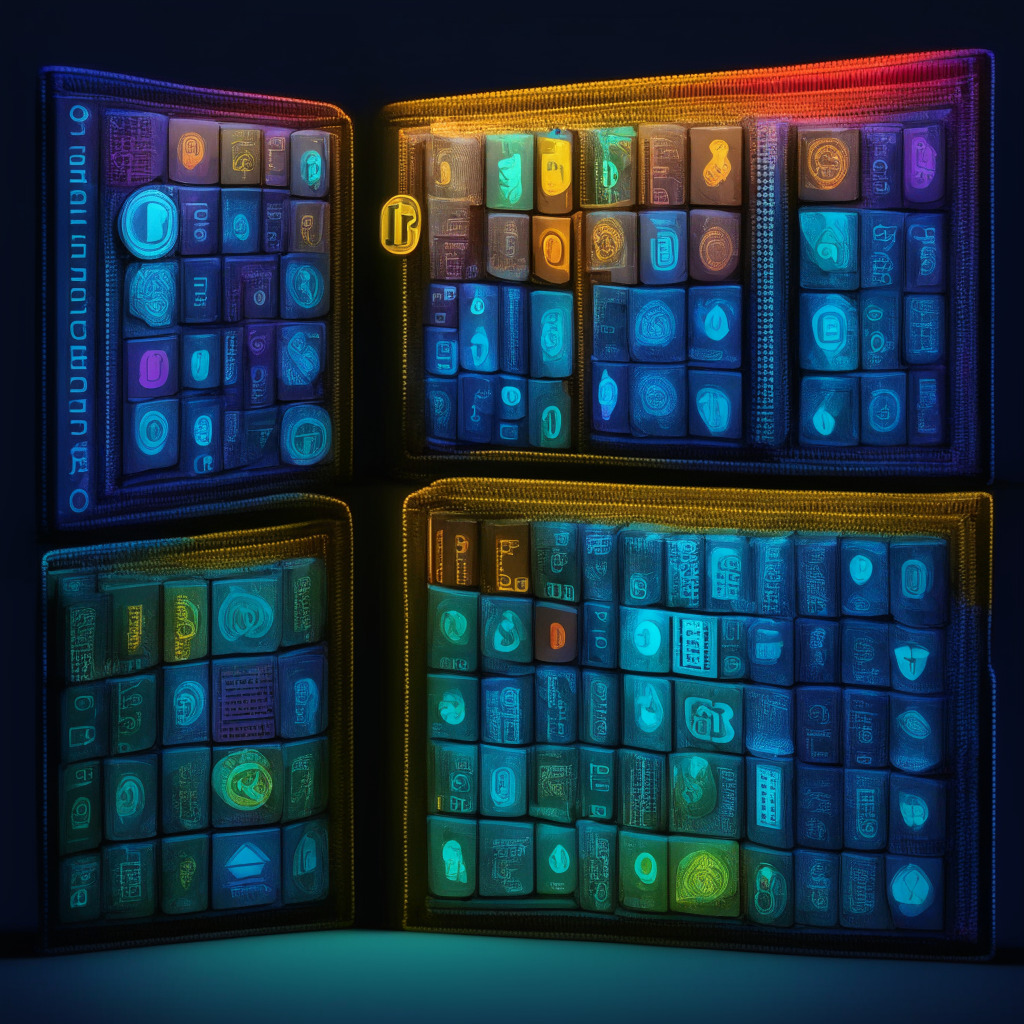As we delve into the cryptoverse, there’s an unwavering fascination in the sphere for scalability and transparency, and zkSync Era’s latest launch, a STARK-based proof system named Boojum, is kindling interest with its highlight on mass usability. With the main intention of increasing capacity while simultaneously reducing fees, zkSync Era contributes to a select group of Ethereum scaling protocols using zero-knowledge rollups (ZK-rollup).
Primary systems in the ZK-rollup landscape include zk-SNARK and zk-STARK, where zk-STARK is an abbreviation for zero-knowledge scalable transparent argument of knowledge. zkSync Era’s new proof system Boojum leverages a Rust-based cryptographic library from zkSync, installing an enhanced version of arithmetic circuits for ZK developer stacks.
What’s pivotal is the facilitation for the Boojum provers—an ability to run the system on standard personal computers instead of relying on powerful hardware and servers. This paves the way for larger scale user-participation without any requirement for potent technical equipment.
Compare this to zkSync’s current operation on a cluster of 100 GPUs each with 80 GB of RAM, and the shift is quite significant. The launch proves to be transformative, even as zkSync was largely reliant on zk-SNARK proof systems instead of the more transparent zk-STARK-based systems.
The new system, Boojum, promises superiority in processing capabilities. In its final implementation stage, the proof envelopes STARK proofs with a non-transparent pairing-based SNARK. This makes the newer proof system less storage-dependent and cheaper to verify, thereby lowering the overall cost of transactions.
Currently, the Boojum is live for testing on the zkSync Era mainnet, generating and verifying ‘shadow proofs’. Developers are cautiously testing this with real production data before executing a full transition and broader usage. The upgrade will unfold with no requirement for regenesis.
As the technological orbits of blockchain and cryptocurrency move at their astounding pace, new developments inevitably spark anticipation, and skepticism too. STARK-based systems appear immensely promising, but whether they can supersede the comparatively less transparent but capable zk-SNARK systems remains to be seen.
However, the potential surges as zkSync Era strives to make the crypto-landscape more accessible to common users. The ecosystem could be on the precipice of a transformational shift, and it would not be an overstatement to say that the future of blockchain technology could be significantly determined by this emerging trend towards mass usability.
Source: Cointelegraph




